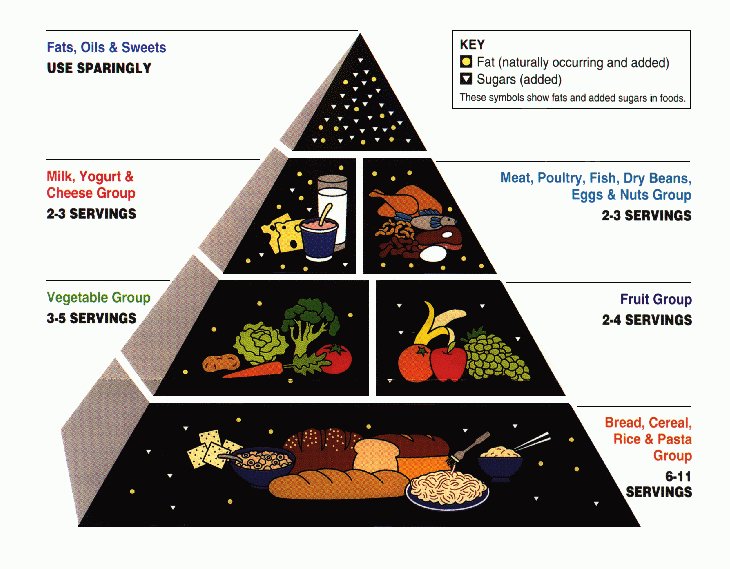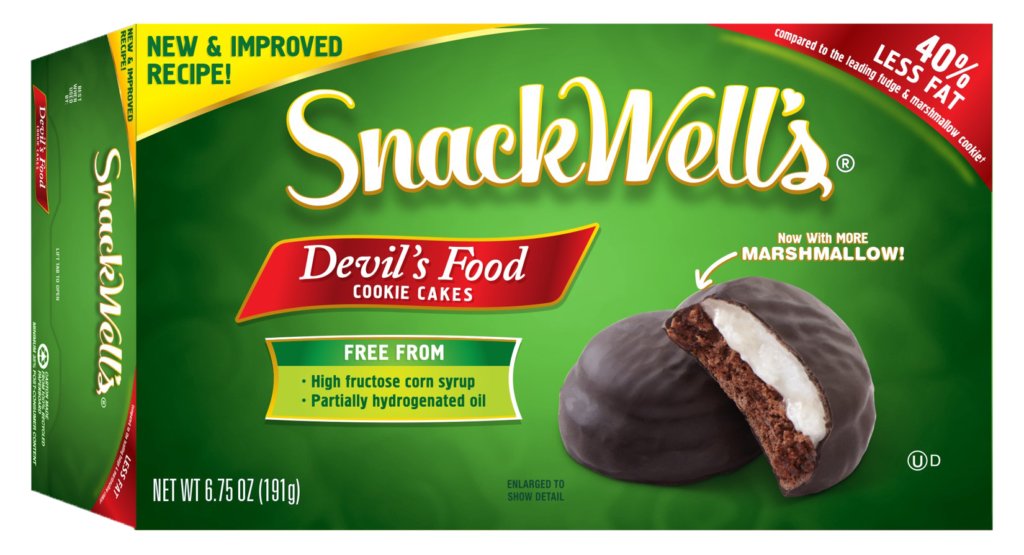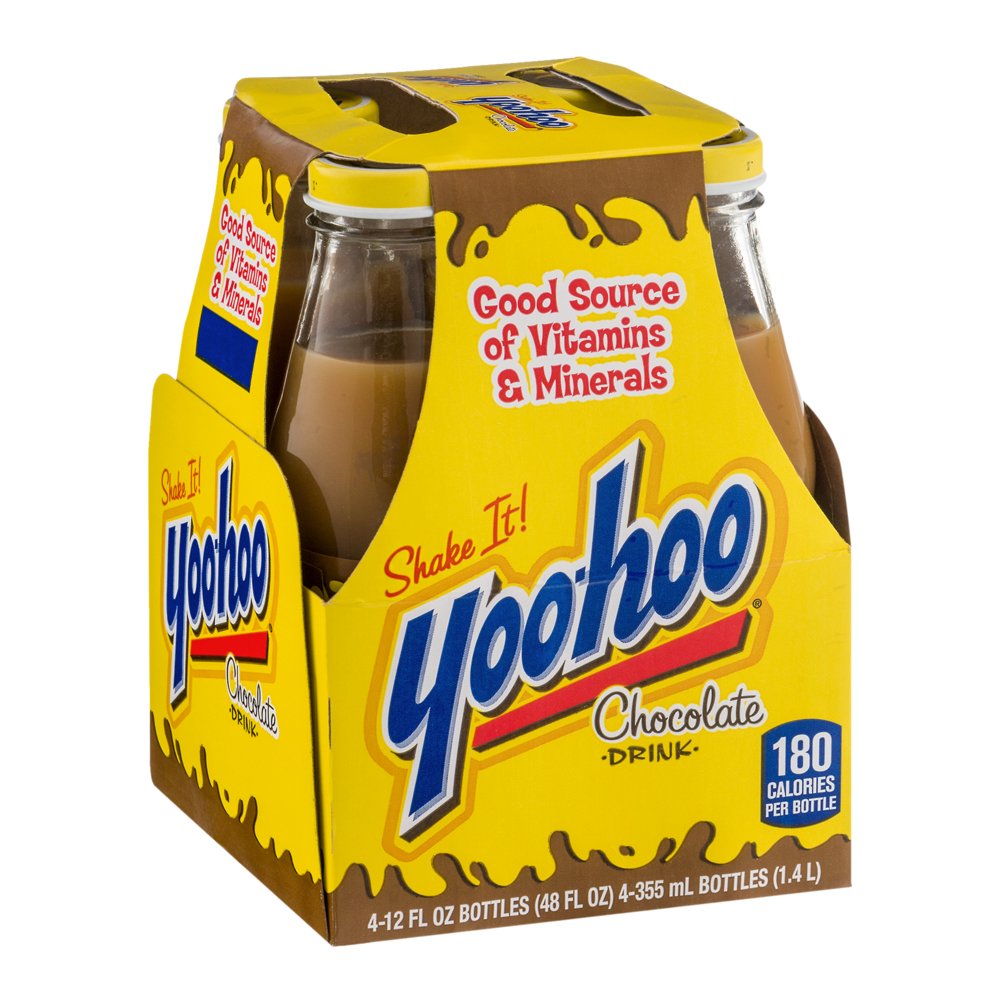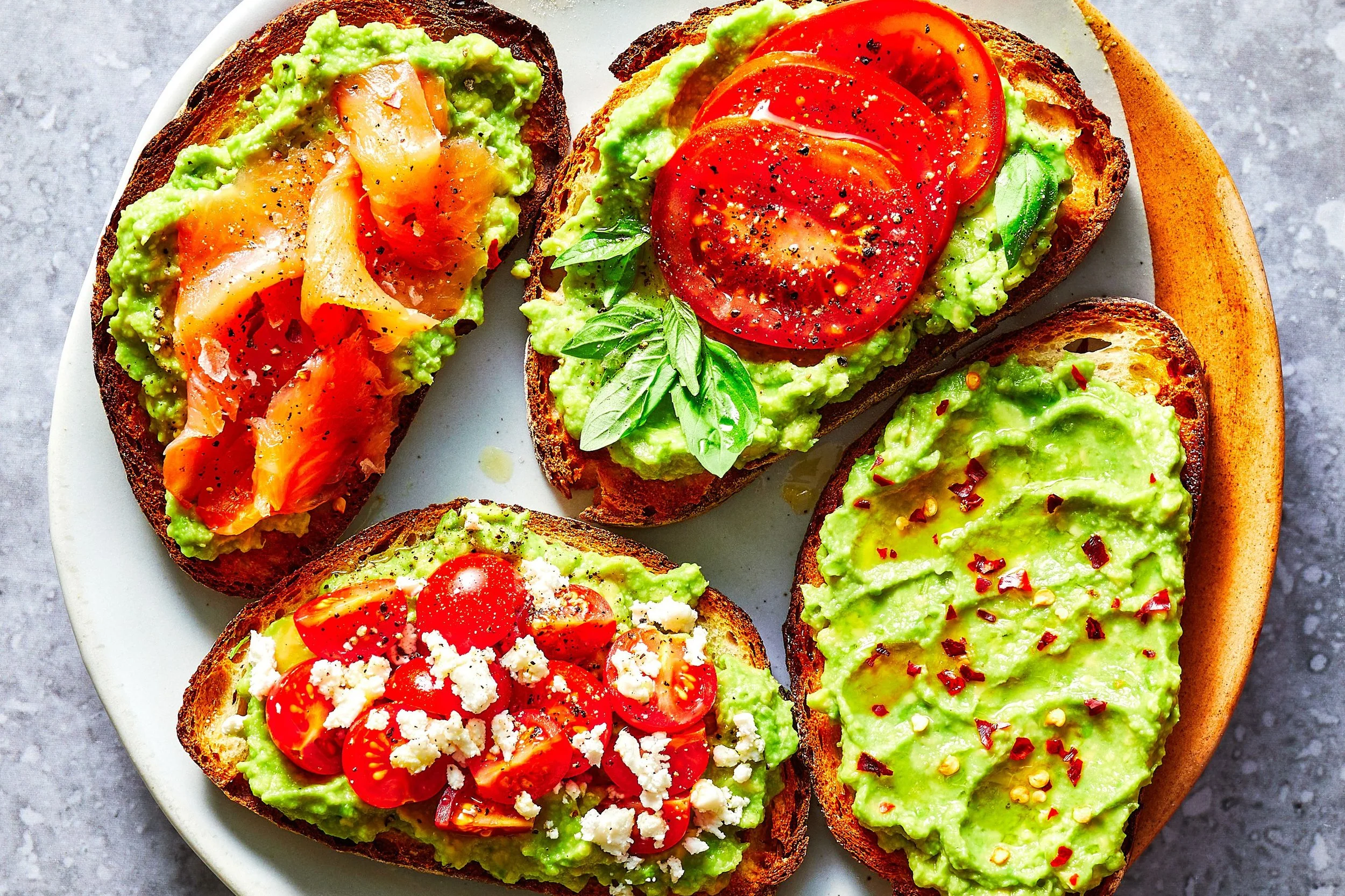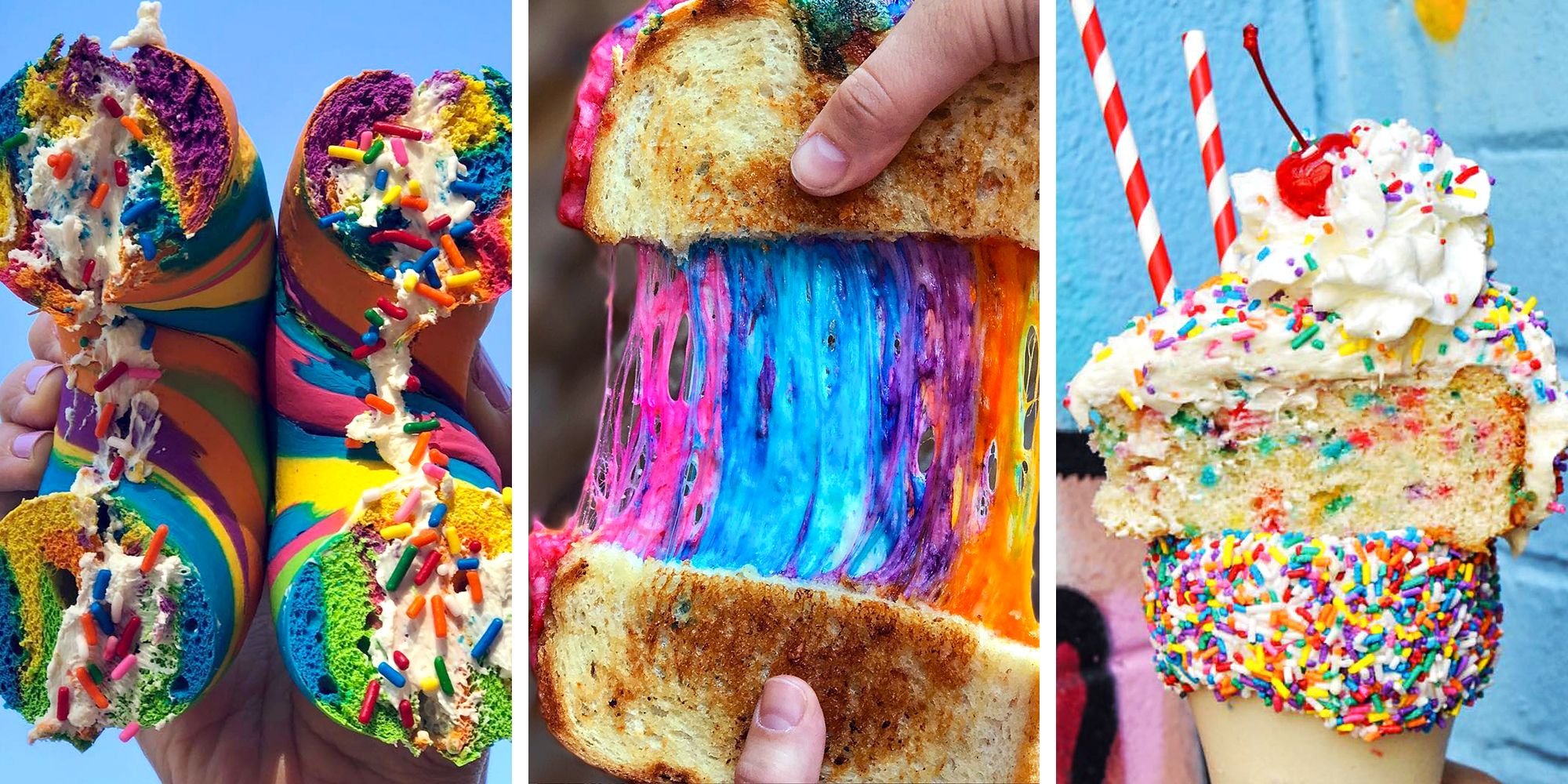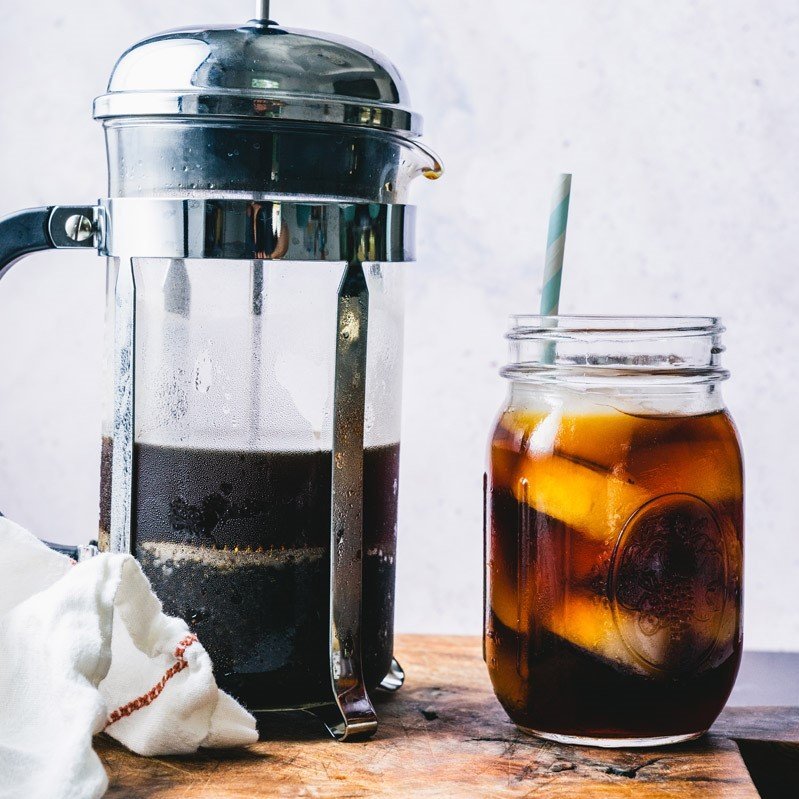Snack to the Future
Author: Blair Penn
https://commons.wikimedia.org/wiki/File:USDA_Food_Pyramid.gif
Each decade has its own food trends: in the 1990s, Hot Pockets and Chinese chicken salad were all the rage, the 2010s marked the introduction of rainbow food and avocado toast, and 2021 has seen increased popularity in plant based foods and non-dairy milk, all delivered to you on demand. These food trends don’t emerge out of thin air but are often formed by what the government deems as healthy. Also, social media and celebrities have also had a major impact on what is seen as trendy. Many restaurants or up and coming food brands build their brand with instagram and Tik Tok. Social media allows us to essentially broadcast everything we do, and also eat and is one of the main ways people are getting news about what to eat.
We are all familiar with the food pyramid that hung in our doctor’s office in the early and mid 2000’s. It was rolled out in 1992 on the basis of some very shaky scientific evidence. Articles in Forbes and in the National Library of Medicine (NIH) stated that heavy lobbying from the grain industry was one factor behind the pyramid’s big emphasis on consuming carbohydrates like bread, rice, and cereal. At the time the government suggested 6-11 servings of pasta, breads, cereals and rice. The pyramid failed to recognize the importance of consuming whole grains and did not communicate how eating processed foods can be harmful for one's health.
https://snackwells.com/
Another problem with the pyramid was that it demonized all fats, including healthy fats, that we know now have useful nutrients. The result of Americans hearing the message “fats are bad, carbs are good” was the creation of foods like Snackwell’s cookies. For those who are unfamiliar with Snackwell’s cookies, they are a fat-free chocolate cake covered with marshmallows and more chocolate, and they were one of the most iconic products popular during the 90’s fat-free food obsession. By 90’s logic, anything fat-free, regardless of how much sugar, processing, and calories it had, was automatically good for you! Many fat-free foods like Snackwells were technically low in fat but used lots of unhealthy high-fructose corn syrup instead.
https://www.gardengrocer.com/product/3398-yoo-hoo-chocolate-drink-4pk-of-12oz-bottles
When Googling the most popular foods of the 1990s, the most common foods appear to have been Hot Pockets, Yoo-Hoo, Lava Cakes, Gushers, and cosmic brownies. Overall, most eaters in the 90s were less concerned with their health than they were in getting a sugar high. Although delicious, most of the common snack foods were heavily processed. JStor daily wrote a segment about the “fat free mania” that was the 1990s. The article stated that in the 90’s consumers got the message that if it's fat free, then it's good for us. JStor daily also includes that a negative effect of the creation of all these fat free foods was that to compensate for the lack of flavor they were pumped with all types of sugar and high fructose corn syrup.
https://images.app.goo.gl/MRetaMccLqs4ypuU6
In 2011, the government replaced the food pyramid with a new diagram known as “My Plate.” This effort illustrated in percentages how much of each food group we should eat per day. My Plate advises 30% grains, 40% vegetables, 10% fruit, 20% protein, and a small side portion of dairy. My Plate was essentially an improved reincarnation of the food pyramid because it put less emphasis on processed grains, but My Plate was still far from perfect, and it failed to put enough of a spotlight on healthy fats. In the 2010s, one of the most popular food trends was the emergence of avocado toast, which is much healthier than Eggo Waffles or strawberry Pop Tarts which were popular breakfast choices in the 90s. People were now starting to get into healthy fats again!
https://www.thespruceeats.com/thmb/J6UgyxYr0uZcgPIYmq329LJ8hg8=/3233x2155/filters:fill(auto,1)/avocado-toast-4174244-hero-03-d9d005dc633f44889ba5385fe4ebe633.jpg
The 2010s brought about major shifts in popular foods. Healthy juices started to become all the rage. In fact, Google searches for the word “juice cleanse” peaked in January of 2014. Kale chips gained popularity when Gwyneth Paltrow made them on Ellen in 2011 and even Beyonce wore a kale sweatshirt in her 2014 7/11 music video. Google searches for the Whole 30 diet started in 2014 and peaked in January of 2018. Other food fads in the 2010s included rainbow foods, food halls, pumpkin spice, açai bowls, and poke bowls. One of the reasons for the increased popularity of food halls is because developers and landlords love them. They draw huge crowds of people even in declining retail sales and shifting shopping habits. Restaurants love food halls because it takes away a lot of the logistical struggles a brand would have to be with. In a food hall, you just show up and serve. WTTW magazine said that from 2010-2017 there was roughly a 700% increase in the number of food halls in the US.
https://hips.hearstapps.com/hmg-prod.s3.amazonaws.com/images/rainbow-foods-1520617116.jpg
Popular snacks in the 2010s were significantly less processed and sugary than the decades prior. Some of the most common snacks were chips and hummus, nuts and dried fruit, and yogurt. The 2010s go down as an in-between period for food, with people moving away from overly processed items but still indulged in flavorful and colorful foods.
The stage was set for the pandemic to move the country to even healthier eating. With people’s concern about their immune system rising, consumers turned to prebiotics and probiotics; their sales soared. Natural Insider reported that digestive supplements recorded a significant growth in revenue from $27 million in January, 2020 to $51 million in November with probiotics accounting for 84% of the change. Another big trend during the past few years has been the move from animal to plant-based milk. The sale of cow’s milk has declined by 22% in the last 5 years. Almond milk started out as a niche health food item until 2011 when it started to make its way into mainstream grocery store shelves. Still, almond milk is fairly new and only arrived at Starbucks in 2016. As these substitutes came into the market, the dairy industry was also hit with increases in lactose intolerance, new heart-health concerns, and instances of animal abuse.
https://www.acouplecooks.com/wp-content/uploads/2021/08/French-Press-Cold-Brew-007s.jpg
Another major trend right now is cold brew coffee, it is especially popular with college students. The total size of this market stood at around $166 million in 2017. By 2025, this figure is forecasted to increase to nearly one billion dollars. One reason for this increase may be that cold brew’s smoother and sweeter taste means it can be enjoyed without added sugar and cream. A survey conducted by Healthline concluded that 86% of Americans are knowledgeable about the negative impacts that consuming sugar has on one's health. From this we can infer that since many Americans are concerned about their sugar intake, it makes sense a drink like cold brew that many can enjoy without sugar, would take off. Cold brew also delivers the kind of caffeine jolt students need to get through their exams.
Delivery services also boomed during COVID. In 2015, total food delivery service revenue stood at $8.7 billion and by 2020, it had increased by over 200%, to 26.5 billion dollars. People started delivering groceries and various items to their homes during the pandemic and it's a habit that looks like it's sticking. In 2015 there were only 66 million Americans using delivery service apps; in 2020 that number is 111 million. People can have virtually whatever they want anytime of day or night, no longer having to wait for time-consuming weekly grocery runs. As TV is on demand, so is food.
https://data.thefeedfeed.com/recommended/post-7290423.jpg
Other trends to keep an eye on include the emergence of carb alternatives such as zucchini noodles (zoodles) and plant based meat. It will be interesting to see the health statistics in a few years with these new attitudes on foods and food trends which on the surface appear much healthier than in the past. Instead of general diagrams like food pyramids or plates dictating what people should eat, food culture is evolving into something that is more customizable. People eat based on what works for them and there isn't a one size fits all for dieting and food. Many follow health influencers, tread medical journals, use nutritionists, or talk to their doctors. Some eat more meat while others prefer tofu; eating, like almost everything else, has become customized based on allergies, body type and lifestyle.

